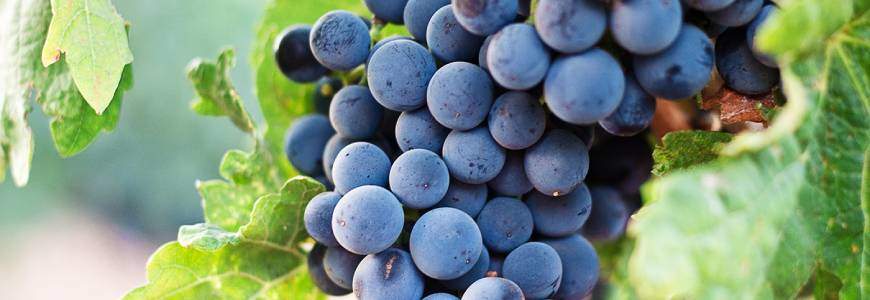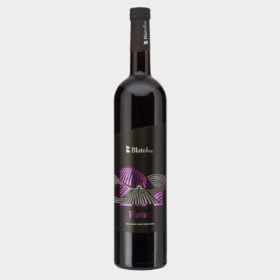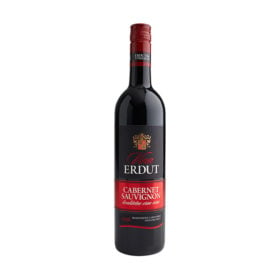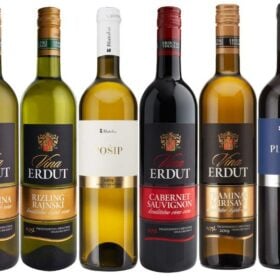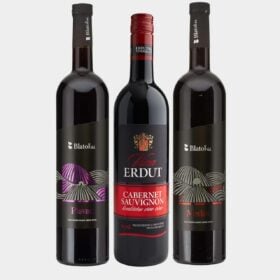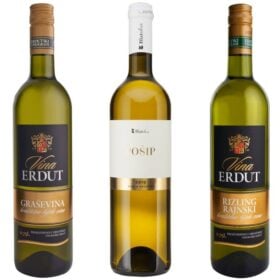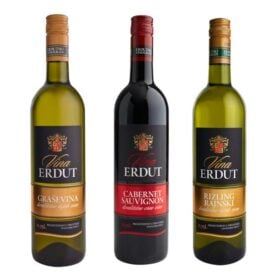Zinfandel en Primitive are two names for the same grape variety. What is the history of this grape and how did it get two different names?
Zinfandel from California
Zinfandel is a grape mainly grown in California. But the Primitive is a grape mainly in Italy is grown. And that while these grapes are actually the same. In fact, the names of these two grape varieties (Primitive en Zinfandel) are not the original names of this grape. But the grapes are originally from Croatia, where they “Tribi behavior" and sometimes "Crljenak Kastelanskic" are called.
While we currently take this information for granted, until the XNUMXs, many were unaware that Zinfandel en Primitive were the same grape. Moreover, the roots of this grape variety were only discovered in 2001. Here are Zinfandel en Primitive dissected and the scientists discovered that it is exactly the same grape.
In Italy as a Primitive
In the 18th century, a priest named Don Francesco Filippo Indellicati had a fondness for Red wine† He bought some grapes from Croatia, including Tribidrag. He also planted them in the Italian Liponti. He then saw that the Tribidrag grapes began to ripen before all the other grapes. That's how he started them Primitive to name. After all Primitive is a derived word from het Italian. It means 'first'. This name stuck. Because the grapes began to grow with ease in the regional climate, the Primitive like wildfire all over Apulia. In addition, it became the most widely planted grape in the region.
Zinfandel as Tribidrag in California
Meanwhile, from Vienna, the Tribidrag grape arrived in Boston in 1829. This was taken by the Habsburg Monarchy that ruled Croatia at the time. It wasn't until later in Boston that it was received by a horticulturist named George Gibbs. It was used as a table grape and referred to as Zenfendal. That again comes from the Hungarian name tzinifándli. Later, Gibbs moved to California to follow the gold rush in 1850. He hereby took the Zinfandel-vines with it.
In addition, the grape was first planted in North America in 1857 to Red wine to make of it. This was at the Oak Knoll Vineyard in the North Napa Valley. The wine was so well received that the production of Zinfandel boomed almost overnight. Towards the end of the 1890s, the grape was no longer used as a table wine here either, as the quality became more and more visible. After all, thanks to its quality properties, it became one of the most widely planted grapes in America.
Few people in Italy or the United States knew that Primitive en Zinfandel were not unique. Not that it was not their own grape, but that it came from Croatia. That realization came much later after extensive research.
Discoveries of Zinfandel en Primitive in Croatia
- Original price was: 19,98. 13,99Current price is: 13,99. Add to Cart
Later in 1967, many eyebrows were raised when University of California professor Austin Goheen visited the Italian region of Apulia. Here he found an astonishing resemblance between Primitive en Zinfandel. In 1968 Primitive brought to California. After analysis, the grapes were declared genetically identical.
Carole Meredith of the University of California picked up the research in the 150s and identified Croatia as the birthplace of these grapes. She collected more than XNUMX vines from across the country for the analysis. At a later point, her team was convinced that Plavac Mali the grape in question. Later, after more extensive research, it was confirmed that the Plavac mali grape descended from the Tribidrag (Zinfandel / Primitive) and not the 'parent' was of it. Despite this, different names are used for the same type of wine.
Tribidrag from Crljenak Kaštelanski
After almost a decade of searching, the breakthrough came in 2001 Dalmatia. After a number of samples were taken from vines from Kaštel Novi it was determined that the grape involved was Crljenak Kaštelanski.
Only 9 of these existed vines in the vineyard with thousands of other varieties. Only later in 2011 did it become apparent that the Tribidrag grape is genetically identical to the Crljenak Kaštelanski. Moreover, the word Tribidrag refers just like Primitive after the word 'early', which in turn is derived from the grape's precocious character.
Features of Tribidrag
The grape itself is dark in color, has an average acidity and contains an average to reasonable amount tannins. After all, due to the sunny climate, his tannins well ripe. This makes the wine smooth. In addition, the wine of this tribidrag grape tastes fruity and contains aromaPhotos of black cherries, blueberries, plums, figs and blackberries.
Tribidrag wine is also dark red in color. But light tribidrag wine with a lower alcohol percentage (around 13,5%) is juicy. In addition, with a higher alcohol percentage, Tribidrag is heavier and slightly sweeter. But also thanks to the good properties, the full body and fruity taste, the Tribidrag wine can be perfectly combined with hearty, spicy and/or grilled dishes. All in all it's the Zinfandel/Tribidrag a serious food wine that you can combine with dishes made with extra virgin olive oil.
In summary, the taste palette of the tribidrag wine is characterized by cherries and blackberries, complemented by a fresh, well-integrated acidity. After all, it is seductive Dry wine thanks to fine and soft tannins. In short, ideal for a relaxing evening or a good meal.
AROMA of Tribidrag wine
- Fruit: blackberries and black cherries
- Cocoa and dark chocolate
- Tobacco and sandalwood
- Herbs: rooibos and steranice
Zinfandel, Primitive, Tribidrag or Crljenak Kaštelanski?
In short, it took almost 50 years to trace the origin of Zinfandel en Primitive to find out. Eventually the history of these grapes was unraveled in Croatia. So how about a glass of Crljenak Kaštelanski or Plavac Mali?
Alternatives
There are a few alternatives to Primitive en Zinfandel wine. Some of them are: Barbara, Merlot, Sangiovese, Blaufränkisch / Frankovka, Cabernet Sauvignon and of course Plavac Mali† Each of these wines has its own unique flavor profile that may suit particular dishes or palates better. It really depends on what you're looking for in a wine which alternative would be the best. Cheers in advance!
- Original price was: 19,98. 13,99Current price is: 13,99. Add to Cart

